Goat's Beard is an easy to grow herbaceous perennial, with an interesting airy bloom. Similar in appearance to Astilbe, which is known as False Goat's Beard, true Goat's Beard grows much bigger and taller if growing the species plant. Learn how to grow Goat's Beard to enjoy this spectacular plant in your own garden!
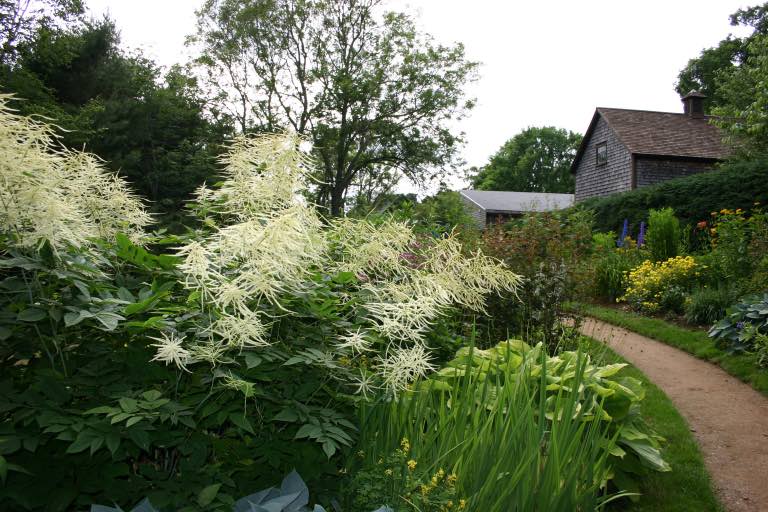
Goat's Beard, also known as Aruncus dioicus, is a species which often grows quite large, up to 6 feet high by 4 feet wide. It is a hardy perennial which grows in zones 3 to 8, and is considered a woodland native.
The name Aruncus comes from the Greek word meaning "goat's beard".
There are a few smaller cultivars of Goat's Beard that are more compact and suitable for the smaller garden, such as Kneiffii and Noble Spirit Dwarf.
The bloom is similar to Astilbe, however the plant is much larger, and it can tolerate slightly drier conditions than the Astilbe plant when established.
Goat's Beard is easily grown from seed and transplanted into the garden.
It can also divided for propagation. In this post we will review the different ways to grow and care for this wonderful and eye catching flowering plant.
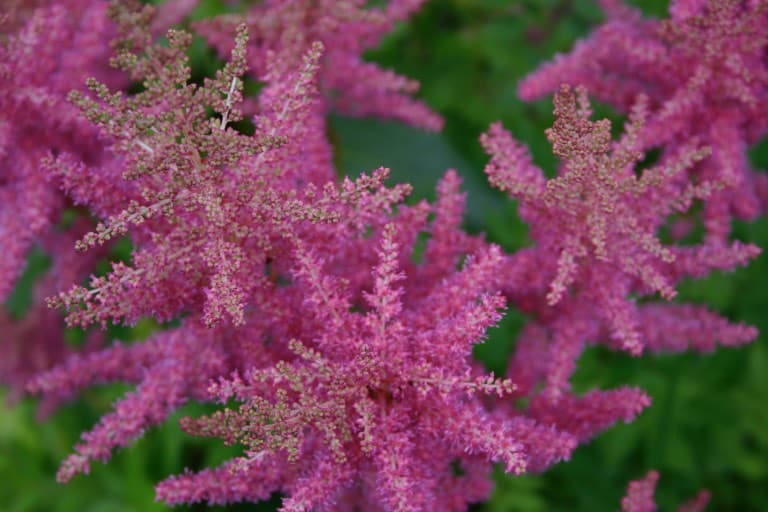
How To Grow Goat's Beard From Seed
Germinating The Seeds
Goat's Beard can be easily be sown from seed if the seeds are stratified first. Stratification is the key to successful germination for most perennial seeds, and Goat's Beard is no exception.
Goat's Beard seeds readily germinate in the wild where they undergo a natural stratification.
For the gardener starting seeds indoors it's important to provide an artificial stratification to help the seeds with germination.
Sowing And Stratifying The Seeds
Goat's Beard seeds need to be surface sown, as they require light for germination.
The seeds will also need a period of a cool moist chill, for stratification.
Methods To Stratify Goat's Beard Seeds:
- You can surface sow the seeds in a small cell tray in a good seed starting medium. Place the tray in a sealed baggie, and place in the fridge for thirty days.
- A second option is to place the seeds in moist vermiculite and place in a sealed baggie in the fridge for thirty days. This is called a "moist chill".
- You can also substitute the vermiculite with any other suitable damp medium-even a damp paper towel will do.
- After thirty days remove from the fridge. Surface sow the seeds if they have not already been sown. Do not cover the seeds, as they require light for germination.
- Place the freshly sown seeds in a warm place to await germination. Ideal soil temperature for germination is 55°- 65° F. We use a heat mat for germination for most of our plants, as this tends to speed up the process.
- A third way to stratify the seeds is to winter sow in milk jugs. Surface sow the seeds, and place outdoors in winter in a specially prepared milk jug or similar container, which will help to keep them safe and snug until spring.
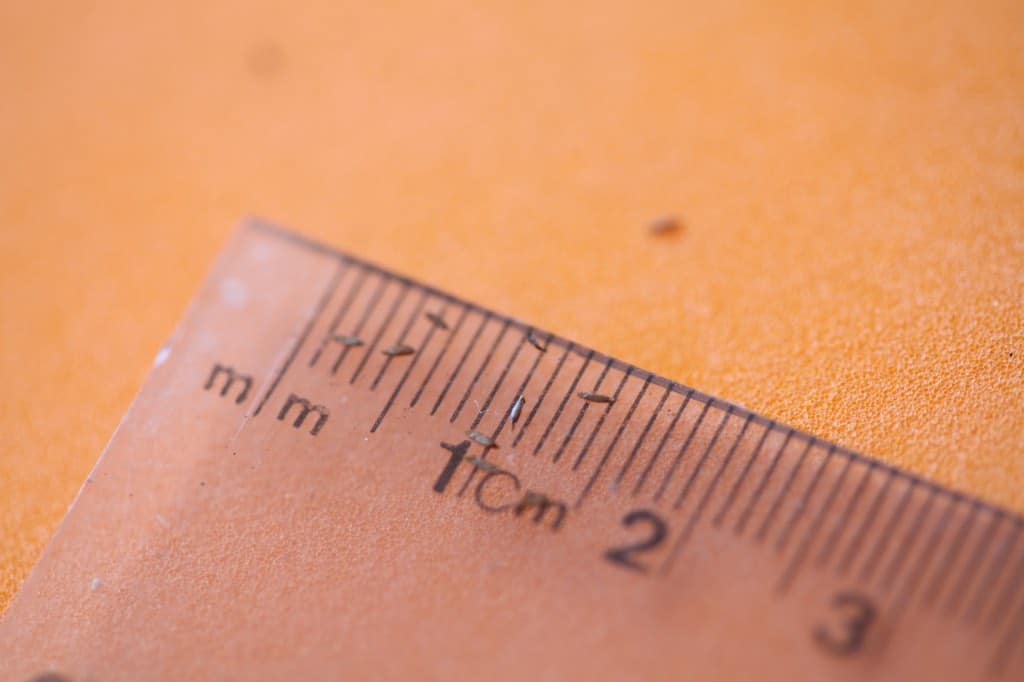
Goat's Beard Seeds will normally germinate within 2 to 3 weeks with the right conditions.
Once the seedlings have germinated, they should be placed in a bright area where they will get lots of light.
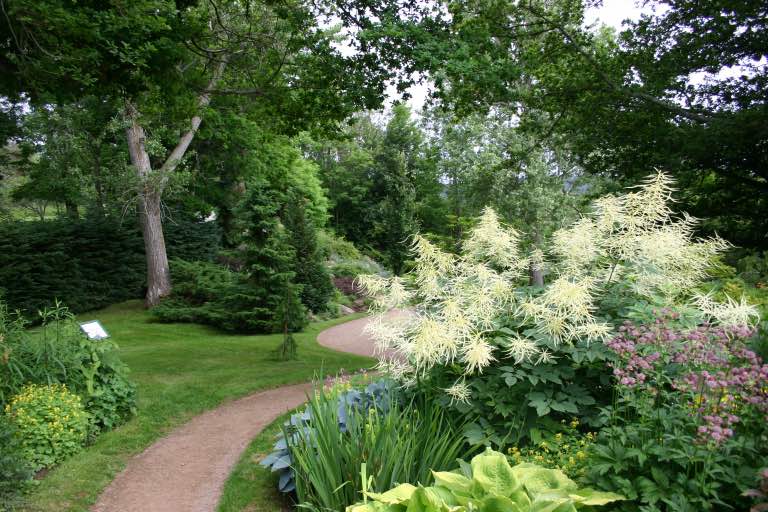
Growing The Seedlings Indoors
Ideally place on a bright south facing window sill or under grow lights. The seedlings should receive 14 to 16 hours of light for good growth.
We grow all our our newly germinated seedlings under grow lights until they are ready to be planted out into the garden.
Grow the seedlings indoors until the weather warms up outside, and the risk of all frost has passed. This date will depend on your growing zone. Check your last frost date here.
Although Goat's Beard is a hardy perennial, in the seedling stage it is still tender.
The seedlings should be planted out only after they are hardened off and acclimatized to the outdoor environment.
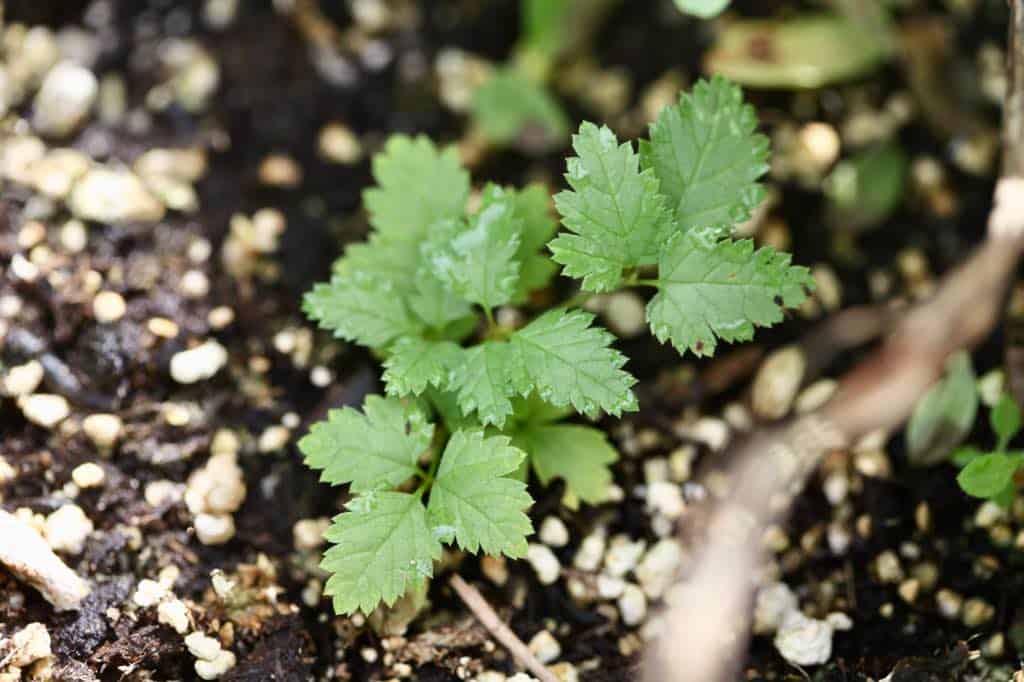
How Fast Does Goat's Beard Grow?
As with other perennial plants it will take several years for the Goat's Beard seedlings to reach maturity.
Goat's Beard is considered to be a fast growing perennial.
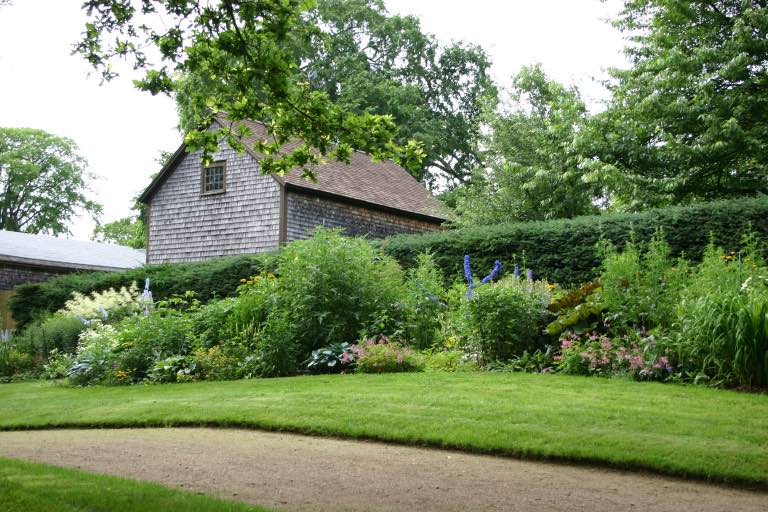
Goat's Beard Growing Conditions
The ideal placement for a Goat's Beard plant is in a shady woodland garden. However it is versatile and will tolerate other growing locations.
It requires four things for optimal growth:
- Some Shade
- Humous Soil
- Moisture
- and Space, if growing the species plant
Soil and Moisture Preference
Goat's Beard prefers an organic garden soil with lots of humus that is well drained.
It will tolerate some dry periods after it is established, however it prefers a moist location.
Does Goats Beard Require Sun Or Shade?
Goat's Beard prefers a sunny location, however will also do well in shade or partial shade.
In very hot climates it prefers some shade. In cooler climates it will do well in the sun. Plant according to your growing conditions in your area.
When Does Goat's Beard Bloom?
Goat's Beard blooming time is June to July, depending on your growing zone. Here in zone 5b our Goat's Beard blooms in mid July.
When growing from seed, the goat’s beard plant will take several years before blooming for the first time.
Goat's Beard blooms are quite fascinating. They are feathery and airy, and each bloom is approximately 20 inches in length. Multiple flowering stems branch off the main stem, giving a billowing airy display.

Fun Fact:
Goat's Beard is a dioecious plant. This means that plants are either male or female. You will not be able to distinguish between the two just by looking, however it is said that male plants have showier blooms!
How Long Does Goat's Beard Bloom?
Goat's beard does not have a long blooming period. It blooms for about two weeks, and then it is done for the season. Peak bloom lasts for about ten days.
It will return to bloom again in following seasons at approximately the same time every year.
Do You Cut Back Goat's Beard In The Fall?
Goat's Beard can be cut back after it has finished blooming to tidy the plant. The female flowers tend to turn brown and dry, and pruning will neaten the appearance of the plant.
How To Prune Goat's Beard
Pruning is very easy to do for this plant.
You can cut back the stems and foliage to within three inches from the ground if you are wanting to tidy the plant. Mulch around the trimmed plant with an organic mulch, as it thrives in rich organic soil.
The plant will die back into the ground in winter, growing fresh and new foliage in the spring.
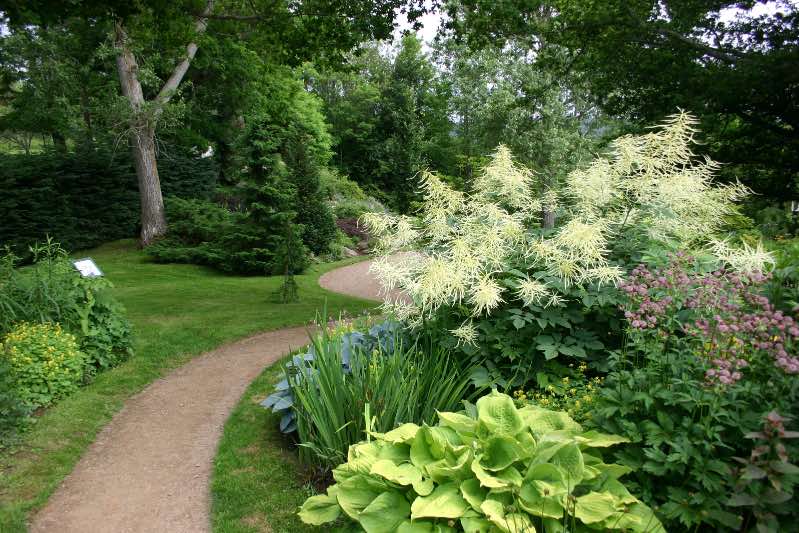
Propagating Goat's Beard By Division
Goat's Beard can be lifted and divided as necessary in spring.
This perennial spreads by rhizomes underground, and due to it's large size is quite heavy to lift.
Ideally it is best to give Goat's Beard lots of room to grow from the start.
That way it will not outgrow it's space and will not require division. If however you are wanting to propagate and establish new clumps, you will be able to do this by division.
Lift the plant by digging the clump, and divide as you would any herbaceous perennial with a clean and sharp tool. Do this in the cool hours of the day to reduce stress on the plant.
Replant into fertile humous soil, and water in well.
Goat's Beard Companion Plants
Goat's Beard companion plants include those annuals and perennials which grow in similar growing conditions and during the same season.
Favourite perennials to grow with Goat's Beard include Bleeding Heart, Iris, Delphinium, Hosta and Astilbe.
Favourite annuals to grow with Goat's Beard are hardy annuals including Larkspur, Ammi, Violas and Bachelor Buttons.
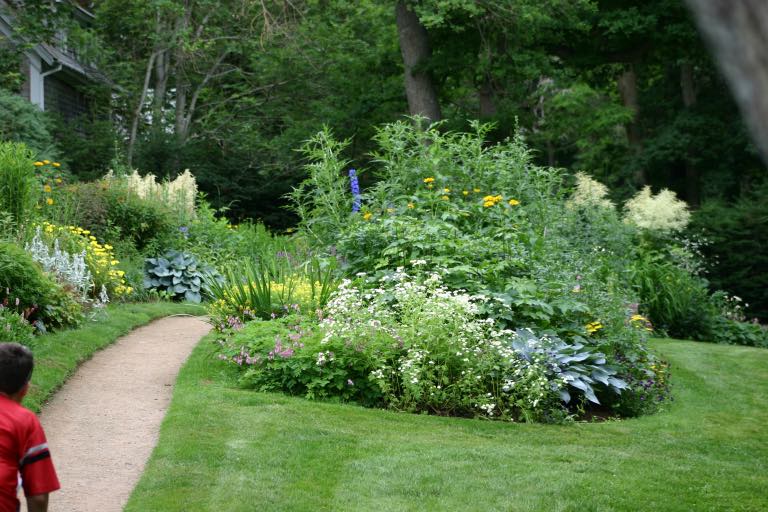
Is Goats Beard Deer Resistant?
Goat's Beard is deer resistant.
The texture of the plant tends to be coarser, and is somewhat of a deer deterrent.
Does Goat's Beard Attract Pollinators?
Goat's Beard is a pollinator magnet, attracting all sorts of bees, butterflies, moths and insects to the garden.
This of course is just another reason to love this wonderful plant!
Related Questions
Is Goat's Beard Invasive?
The herbaceous Goat's Beard is not an invasive plant.
There is another plant that is related to the dandelion called Salsify, that is also commonly known as Goatsbeard. This plant is not related to the perennial Goat's Beard.
It often grows wild and abundantly, and can be invasive in some areas due to it's long taproot.
Does Goat's Beard Spread?
Goat's Beard will self propagate by dispersing seed, and although not considered invasive will grow abundantly given the right growing conditions.
The plant itself can grow to be quite large, and therefore it's important to give it space in the garden for future growth.
Allow for at least a four foot spread, and put it towards the back or middle of the border, since it will get quite tall unless you are growing a dwarf variety.
How Big Does A Goat's Beard Plant Get?
Goat's beard is a large native perennial, which can grow up to 2 metres in height, and over a metre in width.
The creamy white flowers carried on tall flower stalks add to the large size of the plant, so make sure to give it lots of space when planting.
Because of it's large, size goat's beard makes an excellent background plant.
This low-maintenance plant is an excellent choice for the shade garden, as it can fill in a large space where other sun loving plants may not grow.
The goat's beard plants add visual interest to any shady spot.
Goat's Beard Use As A Cut Flower
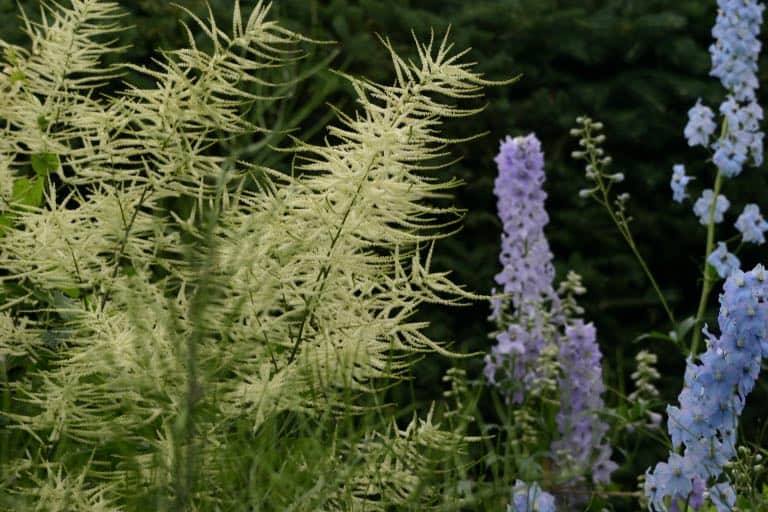
Fresh Flowers
Goat's Beard makes a wonderful cut flower when it is in season. The feathery flowers will add some drama to any bouquet.
Harvest when flowers are ½ to ¾ open. Vase life is 7 to 10 days.
Dried Flowers
Goat's Beard also makes a wonderful dried flower.
Cut and hang upside down to dry, in bunches of up to 30 stems. Use elastic bands to hold the the bunches together to allow for potential shrinkage of your bouquet and to prevent stem drop!
Learn more about drying flowers by hanging upside down here.
Conclusion
Goat's beard are bushy plants, with feathery showy white flowers and fern-like foliage.
These perennials are easy to grow in the right planting location and with the right basic care.
Make sure to plant in the right place, and be sure to space plants to give them plenty of room for new growth.
Although the plants are not related, goat's beard resembles a giant astilbe with it's showy blooms. The plants look so much alike that astilbe is also known as false goat's beard.
Consider growing a goat's beard plant or two in your perennial gardens next growing season.
I will definitely be growing more of these beautiful native plants in my shade garden next year.
I hope that you found this post on how to grow Goat's Beard in the garden helpful. If you have any questions or comments these are always welcome!
Other Posts You May Like:
PIN IT FOR LATER!

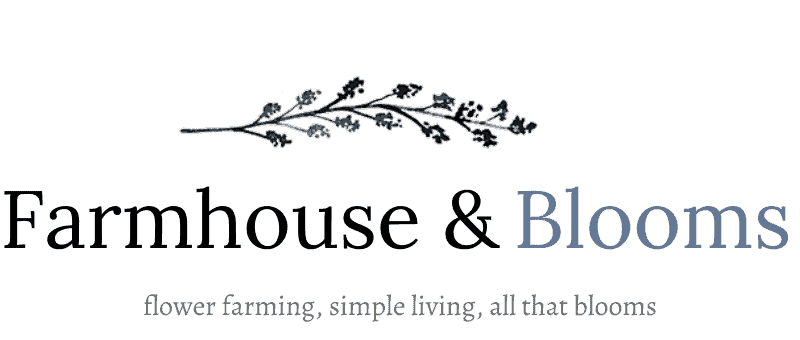

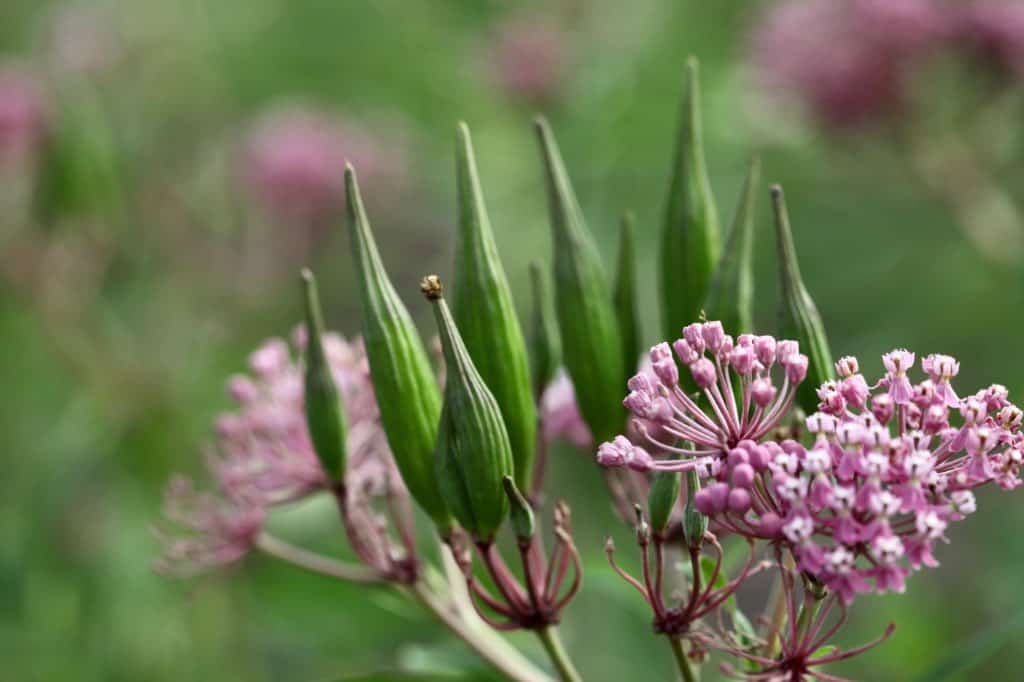

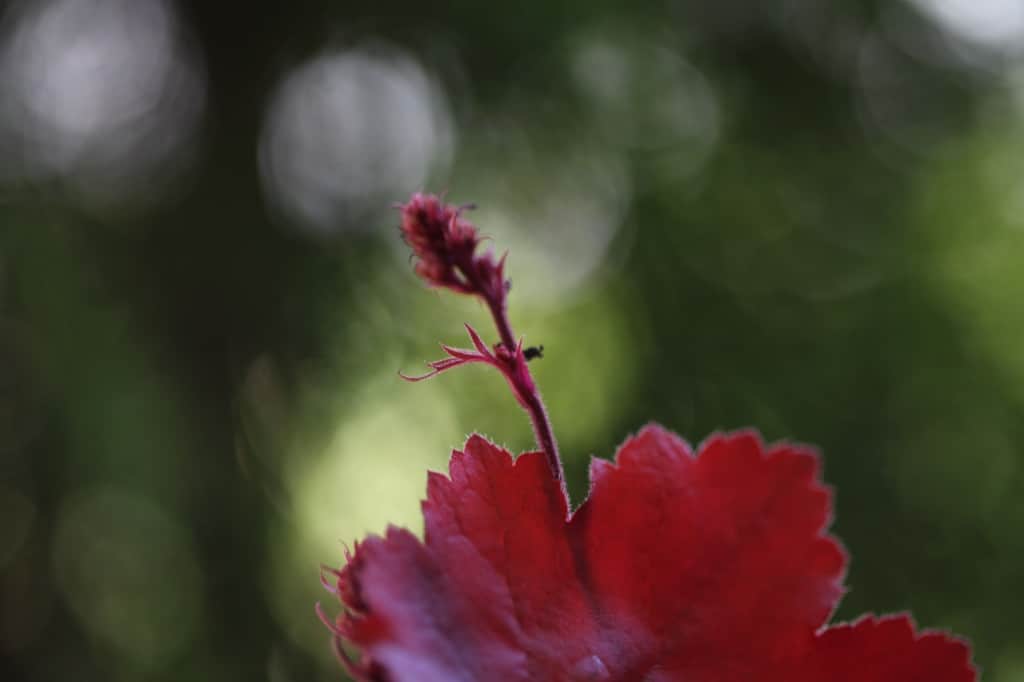
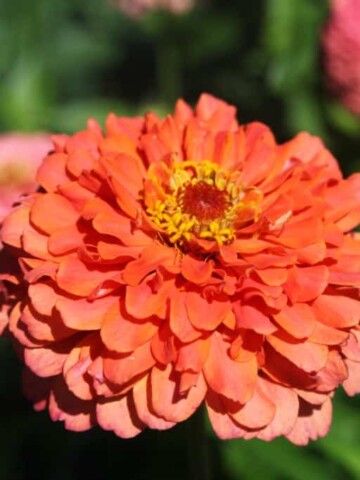
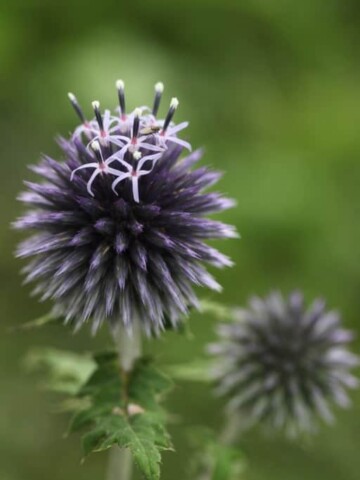
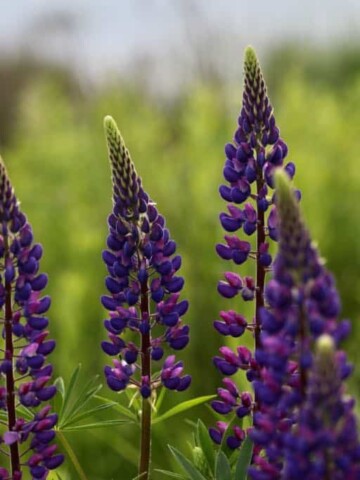
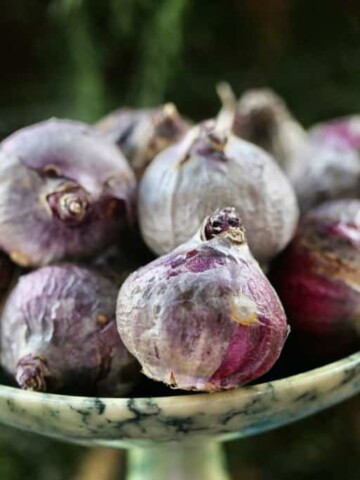
Leave a Reply